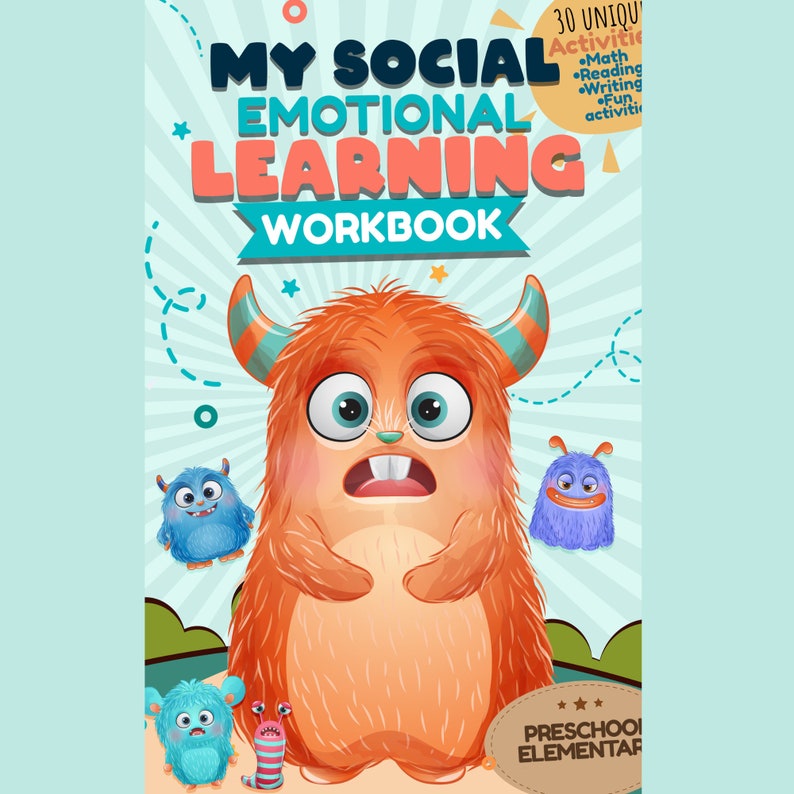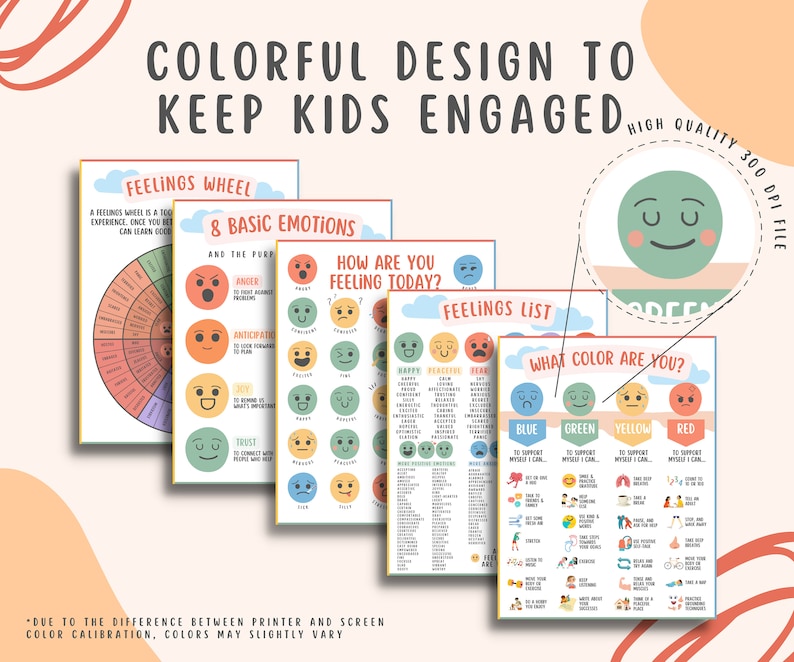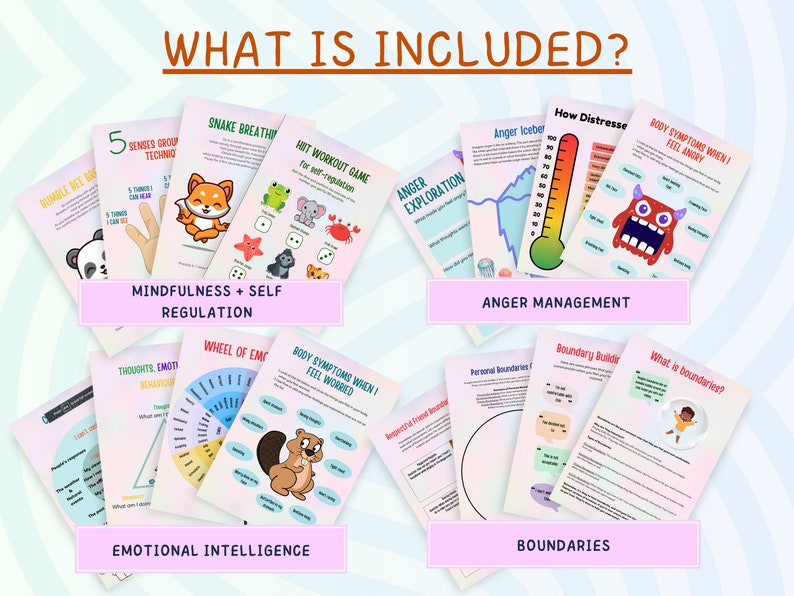Discover how Social Emotional Learning icebreakers for kids and teens help them manage emotions, build relationships, and make responsible choices.
School is not all about grades. Social Emotional Learning (SEL) teaches kids and teens to manage emotions, build relationships, and make smart decisions. By learning in this manner, these children and adolescents will have a strong foundation for success not only at school but also in their careers or life overall later on.
This article dives into the importance of Social Emotional Learning (SEL) for kids and teens and, most importantly, some practical Social Emotional Learning (SEL) icebreakers for kids and teens to create a safe, lively, and thriving learning environment that is fun and educational.
Why Ice Breakers are Essential in Social Emotional Learning (SEL)
Icebreakers, also known as warm-up activities, are not merely for fun. They hold a significant place in Social Emotional Learning sessions because they assist in establishing an environment that is both safe and conducive to learning for children and teenagers. Let’s see how these icebreakers help.
Ease Anxiety
- Entering a new group can be intimidating.
- Icebreakers provide a low-pressure way to mingle and get to know each other.
- This reduces anxiety and fosters a relaxed learning environment.
Foster Trust and Rapport
- Help participants feel comfortable sharing and expressing themselves.
- Build trust and rapport within the group through joint activities.
- This foundation is important for open dialogue and deeper exploration of Social Emotional Learning topics.
Boost Engagement
- Engaged participants learn and remember better.
- Icebreakers energize the group and make learning fun.
- Encourage everyone to join discussions and activities during the Social Emotional Learning program.
Including icebreakers helps establish a setting where students feel safe enough to delve into their feelings, build strong connections, form relationships, and much more, which is vital for a successful Social Emotional Learning program.
Social Emotional Learning Icebreakers for Different Age Groups
Younger Kids (Elementary School)
In these Social Emotional Learning icebreakers for young kids, the main thing is to keep it enjoyable. This means including active activities, creative introductions, and interesting storytelling. Here are some ideas for fun Social Emotional Learning icebreakers for kids.
Emotion Charades (Recognizing & Expressing Emotions)
Materials: None needed, but pictures of emotions can be helpful for younger kids.
Instructions:
- Explain that you’ll be playing a guessing game about feelings.
- Whisper an emotion (happy, sad, scared, etc.) to one student.
- That student demonstrates the emotion by showing it through their face and body without speaking.
- The class guesses the emotion.
- Once someone gets it right, choose another student and repeat!
- Variation: Provide emotion cards for students to draw from.
Compliment Circle (Building Positivity & Kindness)
Materials: None needed.
Instructions:
- Have students stand in a circle.
- Explain that you’ll complement each other, building a “compliment chain.”
- Begin with a compliment for the person who is next to you (example: “I like your long hair. I think it is cool.”).
- The person who is complimented by the student beside them then compliments another student, and this continues around the circle.
- Encourage specific compliments that highlight individual qualities.
All About Me Scavenger Hunt (Getting to Know Each Other)
Materials: Prepare a simple list of prompts on a sheet of paper. (e.g., “Find someone who has a pet dog,” “Find someone who can sing”).
Instructions:
- Divide students into pairs (optional).
- Hand each pair (or individual student) a list of prompts.
- Explain they need to find classmates who match each prompt.
- Once they locate a person who meets the prompt, they may get their signature or personally write their name.
- The first pair (or student) to complete the list wins.
- After finishing, have students share exciting things they learned about their classmates.
Feelings Thermometer (Expressing Current Emotions)
Materials: Make a big thermometer on board or white paper. Give names to the temperature scale using feelings (e.g., very happy, happy, okay, sad, and very sad).
Instructions:
- Explain to the students that the thermometer shows how we’re feeling today.
- Point to different emotions and discuss what situations might make us feel that way.
- Have students stand near the emotion that represents how they’re feeling right now.
Storytelling with a Twist (Building Collaboration & Creativity)
Materials: None needed.
Instructions:
- Begin a story with a sentence (e.g., “Once upon a time, there was a brave little squirrel named Pip”).
- Every student is given a chance to contribute one sentence to the story, creating a progressive tale.
- Encourage imaginative and silly ideas.
- See where the story takes you.
Teens (Middle School & High School)
These icebreakers for teenagers in Social Emotional Learning focus on self-discovery, expression, teamwork, problem-solving skills, recognizing social aspects, and empathy. Now, let’s look at some ideas for icebreakers for teens.
Two Truths and a Lie (Self-Discovery & Social Awareness)
Instructions:
- Have each student write down three statements about themself on a slip of paper – two truths and one lie.
- Collect the papers and shuffle them.
- Read each statement aloud, and have the group guess the lie.
- After the guesses, reveal the writer and let them explain their statements.
- Variation: Allow students to come up with their statements on the spot, adding an element of spontaneity.
Metaphor Mania (Creative Expression & Self-Discovery)
Materials: List of concepts (e.g., friendship, school, stress, success, etc.) written on a board or cards.
Instructions:
- Divide students into small groups.
- Present the list of concepts.
- Each group picks a concept and has a few minutes to brainstorm metaphors.
- Groups take turns sharing their metaphors and explaining why they chose them.
My Ideal Playlist (Self-Expression & Social Connection)
Instructions:
- Give students time to create a playlist of 5-7 songs on their phones or a music streaming platform.
- Instruct them to choose songs that reflect their personality, interests, and current mood.
- Have students share their playlists with a partner or small group, explaining the reasoning behind each song choice.
- This can spark interesting conversations about music taste and shared experiences.
Human Knot (Teamwork & Problem-Solving)
Instructions:
- Have students stand in a circle with arms outstretched.
- Instruct them to close their eyes and reach out to grab the hands of two other people across the circle but not the people next to them.
- Once everyone is holding hands, the challenge is to untangle themselves into a circle without letting go of their hands.
- Set a time limit for added difficulty.
Build a Story (Collaboration & Humor)
Instructions:
- Divide students into small groups.
- Provide each group with a piece of paper.
- The first person writes a sentence to start the story (e.g., “The spaceship crash-landed on a planet made entirely of cheese”).
- Fold the paper to hide the sentence and pass it to the next person.
- Each person writes another sentence based on the previous one, continuing to fold the paper after writing.
- Once everyone has added a sentence, unfold the papers and read the entire story aloud.
- The unexpected turns and humor will likely spark laughter and bonding.
Empathy Mapping (Social Awareness & Empathy)
Materials: Whiteboard or chart paper, markers.
Instructions:
- Present a scenario (e.g., losing your phone, getting the lead in the school play, etc.).
- Draw a chart on the board with sections labeled “Person 1,” “Person 2,” etc. (depending on the scenario).
- Brainstorm with the class how different people might feel and respond in this situation based on their personality, background, etc.
- Write these thoughts in the corresponding sections of the chart.
- This exercise encourages teens to consider different perspectives and build empathy.
Remember, the key is selecting icebreakers that are suitable for the age group and tailored to the specific needs and interests of your participants.
Conclusion
Using icebreakers suitable for Social Emotional Learning for kids and teens will promote an environment where students can discover their feelings, establish relationships, and be open to gaining new abilities. It is important to choose Social Emotional Learning icebreakers according to particular requirements and age suitability. These Social Emotional Learning icebreakers for kids and teens can help develop the necessary skills for socializing and managing emotions among young learners, which is essential not only at school but also throughout life.














